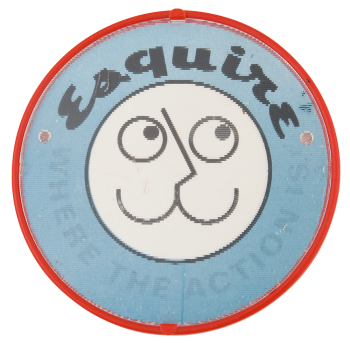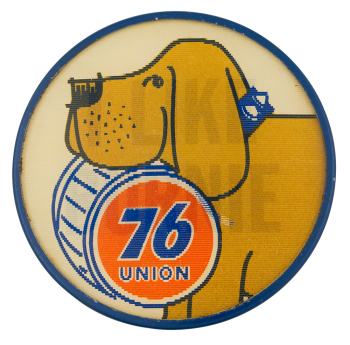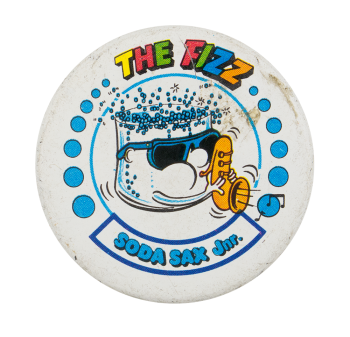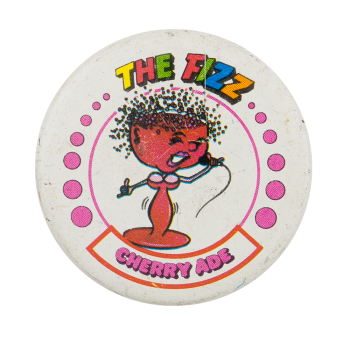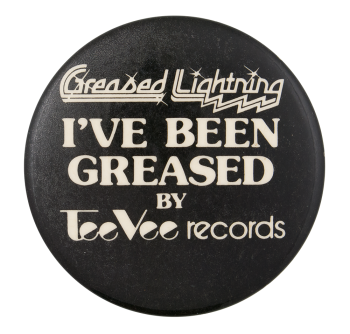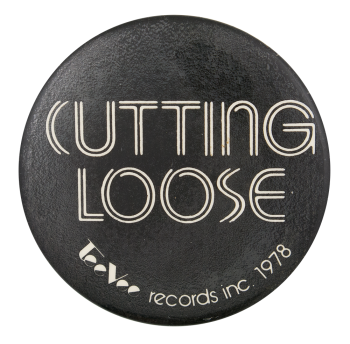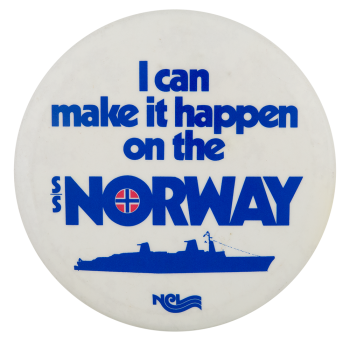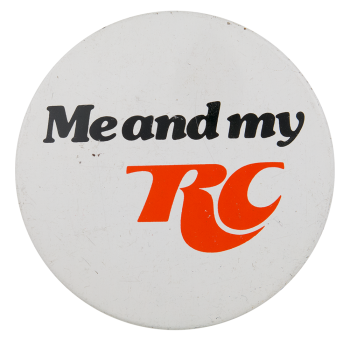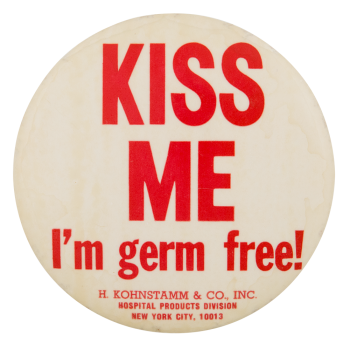Esquire Where the Action Is!
| Category | |
|---|---|
| Additional Images | |
| Sub Categories | |
| Text on Button | Esquire WHERE THE ACTION IS! |
| Image Description | One image has a smiley face with open eyes and above it reads, "Esquire." The other image reads, "Where The Action Is!" and the smiley face is now winking. |
| Back Style | |
| The Shape | |
| The Size | |
| Additional Information | The men's magazine, Esquire, features articles about food, fashion, politics, entertainment, and women. It was founded in 1933, and a decade later, the Postmaster General under the FDR administration brought charges against the magazine for using the US Postal Service for promoting lewd images. In 1946, the Supreme Court ruled in favor of Esquire, citing the First Amendment. Over the years, the magazine has received numerous awards, including the National Magazine Award, which is the industry's highest honor. |
| Catalog ID | SM0120 |

